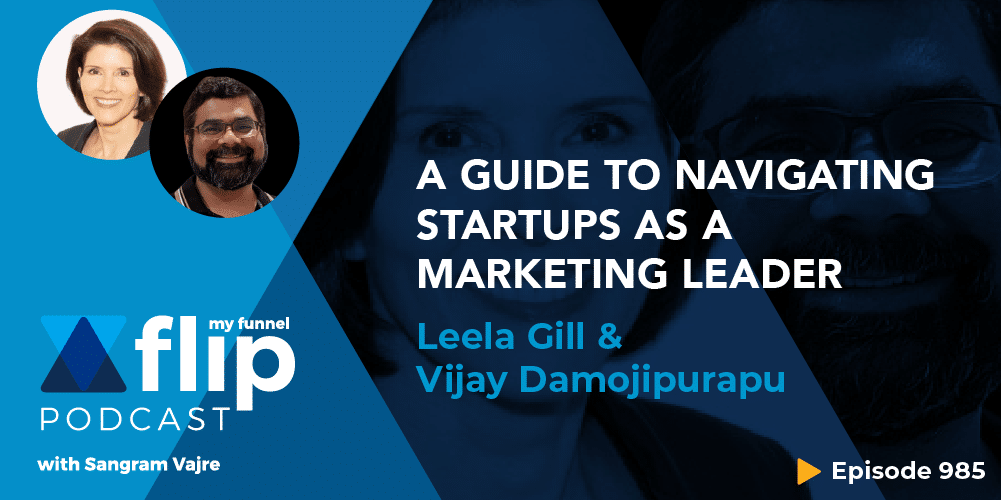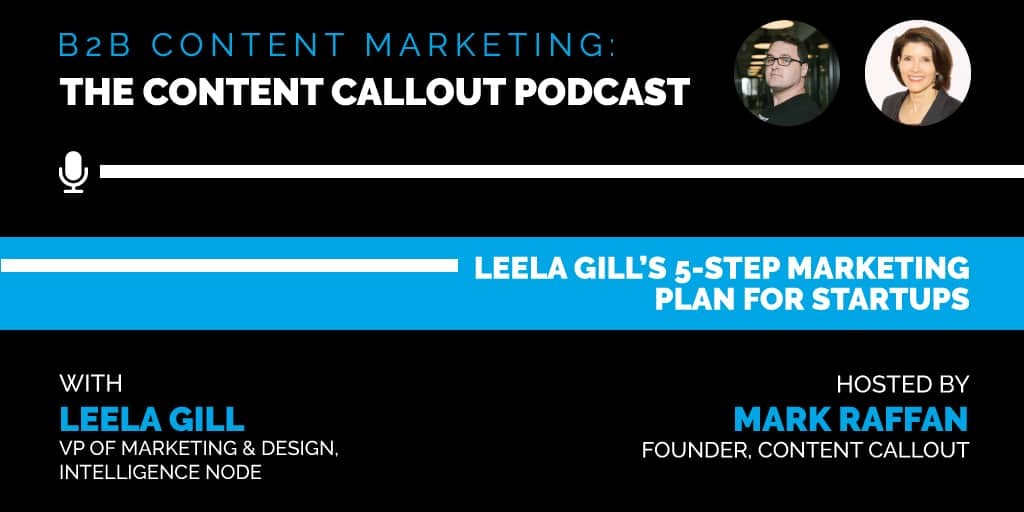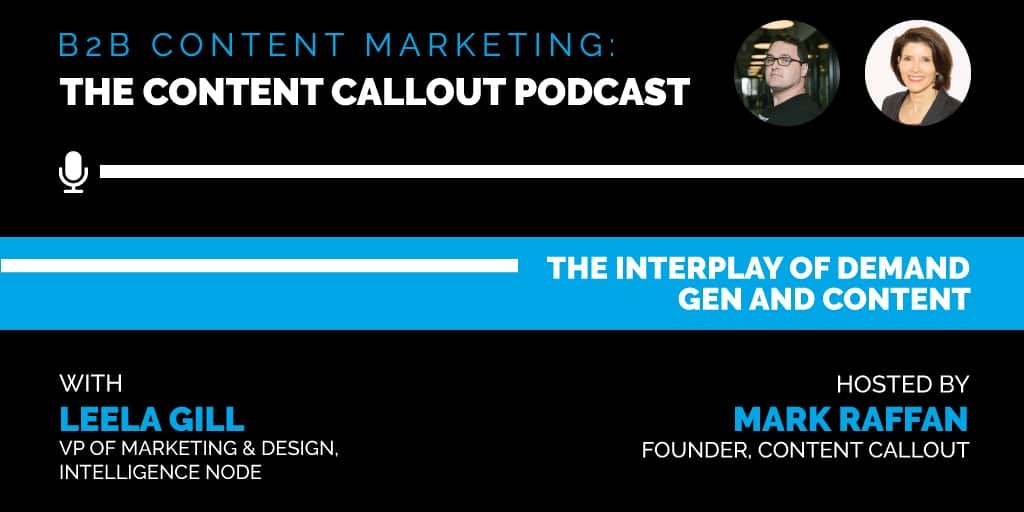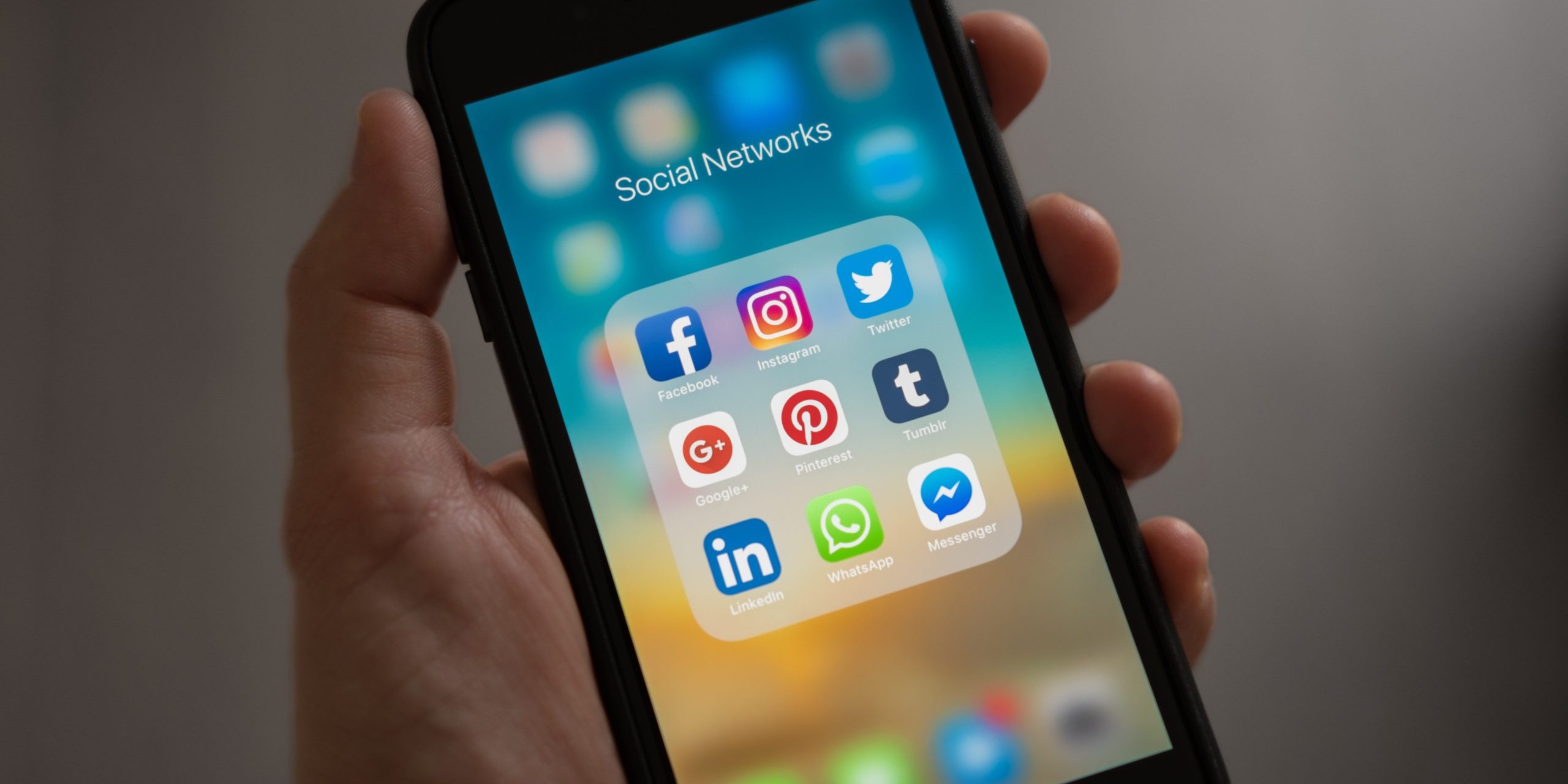In January, Google announced it would phase out third-party cookies in Chrome by 2022. The company follows the path of Apple and Mozilla, which already block third-party cookies in their browsers by default.
This comes on the heels of new privacy rules like GDPR and the California Consumer Privacy Act (January 2020). Google says it’s listening to users, who are increasingly wary about being tracked when they search, shop or browse online. The move also stands to benefit Google by allowing the company to keep more advertising eyeballs and dollars for itself.
B2B marketers, we’re on notice.
This change disrupts a multibillion-dollar display advertising and account-based marketing (ABM) industry. Marketers have gotten into the habit of relying on algorithms to puzzle together profiles. Using cookies to track users online, we collect data to forecast buying behavior and strategically pursue customers. But the fundamental business of marketing is to really know our customers — their pain points, problems, desires, goals and aspirations.
Once the cookies are gone, we will have to return to our roots, meeting people face to face, listening to them and talking to them. Marketers will have to stop stalking prospects and start accompanying them along the buyer journey. That means generating first-party data and crafting targeted responses to what we learn from that data.
Ensure you have a solid first-party data strategy.
• Understand your ideal customer profile and personas. Conduct good old-fashioned personal interviews. Ask senior leaders in your customer industries what their goals and challenges are, where they get their information and how their companies decide on strategic departmental programs. While third-party cookies are still active, study behaviors behind the “intent data” (the data that attempts to divine what web visitors want to do). Let that help you formulate the right questions to ask and ideas to explore.
Develop a high-performance inbound strategy. Root your inbound strategy in high-quality, value-added content that you know your personas will consume. Find opportunities to engage in thought leadership through speaking, writing and video. Author authentic, expert pieces that educate and guide readers through the buying process. You can post this content on LinkedIn or your website and publish it in industry publications or anywhere your prospects are reading. If you give them something worth sharing, readers act as your ambassadors.
• Complement inbound with a strategic outbound marketing program. Go to them. Present at conferences your customers attend. Gather contact information, and add value to their inboxes (or even their mailboxes). Take a strategic approach to making connections on LinkedIn. When you know your customers, you can customize webinars and other educational programs that foster engagement.
• Rethink your sales approach. The sales and marketing processes increasingly intersect, so strong alignment with sales is necessary. Salespeople get direct feedback from clients. They can provide specific insights into the unique relationships between customers and your company’s people, products and solutions. Marketing, in turn, can enable sales by acting as a liaison with the rest of the company, translating sales data to research and development teams and communicating the implications of product road maps to sales.
Adapt your advertising approach.
After retooling to generate first-party data and combining it with cleaned-up customer relationship management (CRM) data, marketers will need to revert to contextual ad targeting instead of cookie-based behavioral ad targeting. Keyword-based advertising was considered old-school five years ago, but Google is determined to drive us back to the basics. Without the cookies, your ads will be driven based on user keyword search, not on what websites your prospects have visited in the last week.
Beyond contextual ad targeting, we need to use tools like Facebook and LinkedIn to do more people-based advertising, which is why understanding the demographics of your buyer personas is important.
Finally, remember that not all third-party data relies on cookies. Device-centered tracking (including through mobile apps) offers simpler, more transparent ways for users to give advertisers permission or opt out. Social platforms still play a big role by giving marketers access to their immense stores of advanced first-party data.
The core challenge of marketing hasn’t changed.
We need to find a way to join the deep conversations our customers are having in their businesses. The demise of the third-party cookie demands that we participate by doing more than just pumping up the volume of views.
So, how do we scale all this direct human contact? That’s a question on everyone’s mind. Face-to-face, one-to-one and customized connections are expensive. But so are tech stacks designed to chase cookies like Pac Man, when cookies are bound for obsolescence. So, consider shifting your investment. Try simplifying your marketing tech stack and reinvesting in your first-party data strategy instead.
Reverting to the basics could be a good thing for us all. It might just force us to revive the core capacity at the heart of the marketing profession: building real relationships with our customers.
Related Posts:
Influencers, Brand Ambassadors and Raving Fans – and Why You Need All Three
For marketers, influencers, brand ambassadors, and raving fans can create a significant differentiator…
Marketing as a Revenue Generator and Catalyst for Change
Marketing is a change catalyst, calling customers to change and jump on, and it also helps the organization…
A Guide To Navigating Startups as a Marketing Leader
It can’t be understated: Being a marketing leader of a startup can be crazy and chaotic. Out of the million…
A 5-Step Marketing Plan for Startups
As a marketing professional working in a startup, do you know how to help your company grow revenue? How is…
Building A Diverse And Equitable Business: The Role Of Marketing
Jesse Jackson once said, “Inclusion is not a matter of political correctness. It is the key to growth.” This…
B2B Marketing: What We Can Do To Help Save The Planet
The COVID-19 pandemic is the biggest business challenge of a generation. Organizations scramble to establish…
The Interplay of Demand Gen and Content with Leela Gill
The COVID-19 pandemic is the biggest business challenge of a generation. Organizations scramble to establish…
Early-Stage Marketing: A Five-Point Leadership Framework
The COVID-19 pandemic is the biggest business challenge of a generation. Organizations scramble to establish…
Social Media: Getting Above the Noise
The COVID-19 pandemic is the biggest business challenge of a generation. Organizations scramble to establish…









